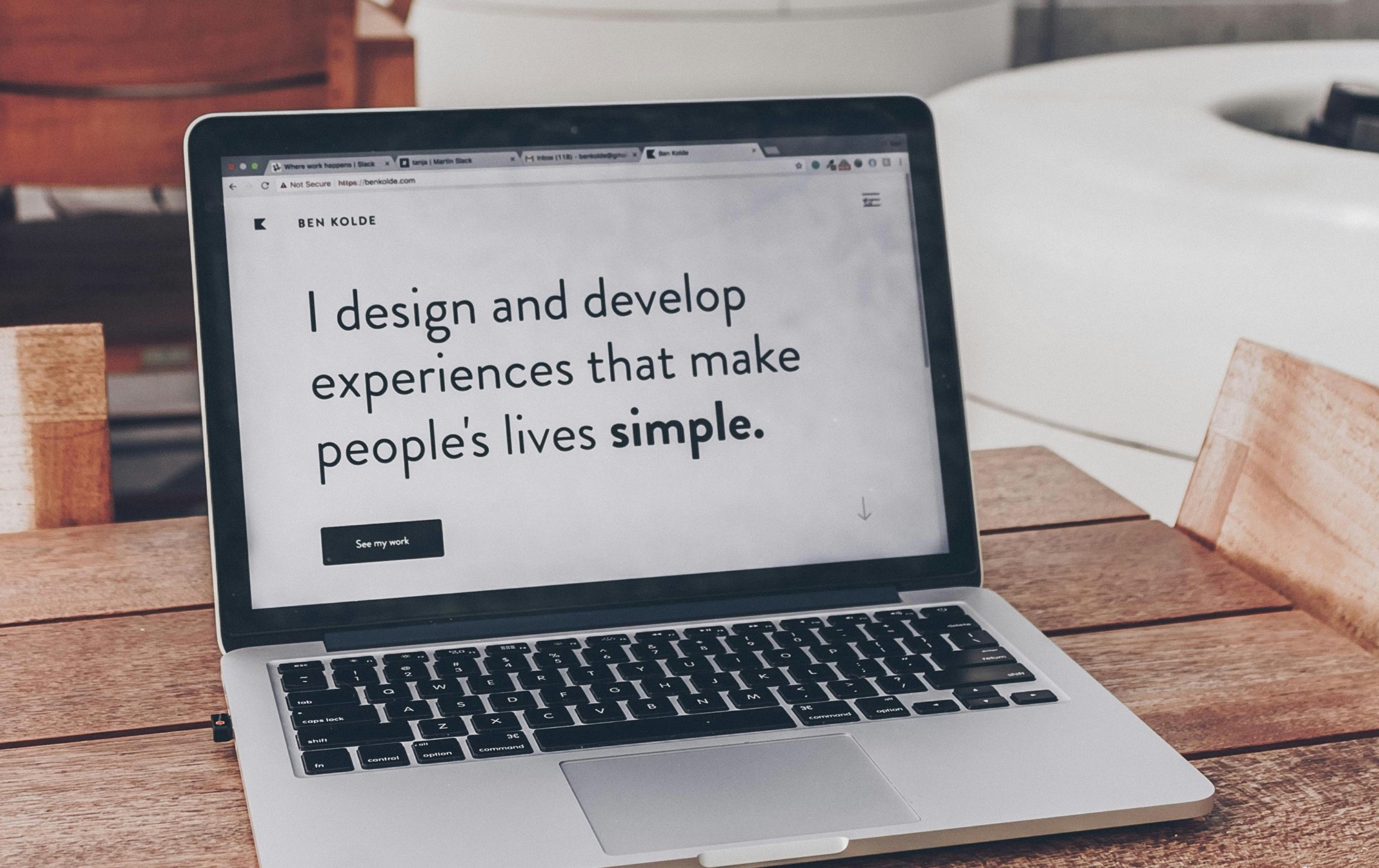
Chapter 6: Accessibility
Accessibility
Lesson 1 of 7
Accessibility is often positioned as “nice to have” when it is truly fundamental to design.
It's truly wild to me how often I bring up the concept of accessible design with people, and they have no idea what I'm talking about—or even resist what I'm saying. Accessibility is not optional. Many aspects of accessibility are actually legal requirements and are covered (at least in the United States) by the Americans with Disabilities Act (ADA). But beyond that, if your design is not accessible, many people can’t use it, which is crappy for everyone. Accessible design is often positioned as a perk or a "nice-to-have." While certain projects—government-funded projects in particular—have parameters that keep accessibility front-of-mind, accessibility is critical across industries and goals.
Beyond being make-or-break for disabled users, accessible design is also better design for all users. Users who have to work to read or otherwise access your content are likely to skip it altogether. Accessibility best practices make your content easier to engage with. By following these practices, you can better ensure that your content reaches its intended audience, regardless of their abilities.
Accessible design is a HUGE topic that we cannot exhaustively cover in this course, especially since accessibility best practices change over time with research, technology, and new discoveries. Indeed, there are many courses solely devoted to this topic. However, I felt strongly about including an introduction to this topic because accessibility should be central to every design process. Moreover, there are many specific accessible design processes that are VERY commonly missed which we will go over in this section. This section will introduce you to the importance of accessible design, the principles that govern it, and key tools for implementation. More often than not, designers themselves are not well-educated on this topic, making it all the more important that you be informed by this context when developing new assets with your team.
A thorough understanding of accessibility is essential to ensuring...
Disabled viewers can access your design.
Your design is easier to engage with for both your disabled and non-disabled audience.
You don’t waste time and money on design that doesn’t communicate its message.
You can give accessibility-focused feedback to your designers.
You can implement accessibility tools in your designs.
You know how to seek out up-to-date accessibility best practices.
You are guided by accessibility principles in situations not covered by guidelines.
You adhere to the requirements of accessible design.
Creating inaccessible design may mean…
That many viewers cannot access your content.
That many viewers who can technically access your content won’t bother with it.
Wasted time and resources.
Non-compliance with accessibility requirements.
Note
This section is an introduction to accessible design principles and practices. It is neither an exhaustive guide nor legal advice, nor can the practices presented ensure compliance with ADA or other legal requirements. For up-to-date rules and regulations on accessible design, always consult ADA requirements, the latest version of the Web Content Accessibility Guidelines (WCAG), and any other applicable guidelines. The only way to ensure that your materials are compliant is to consult a qualified legal expert.